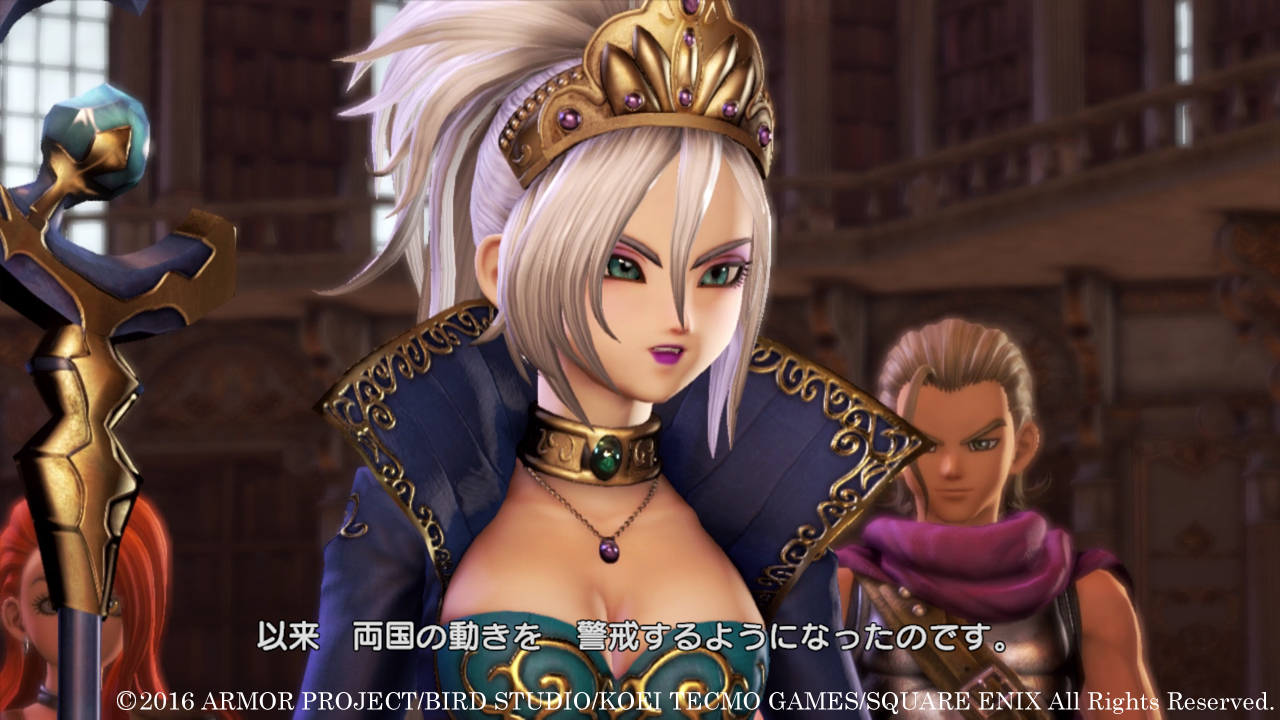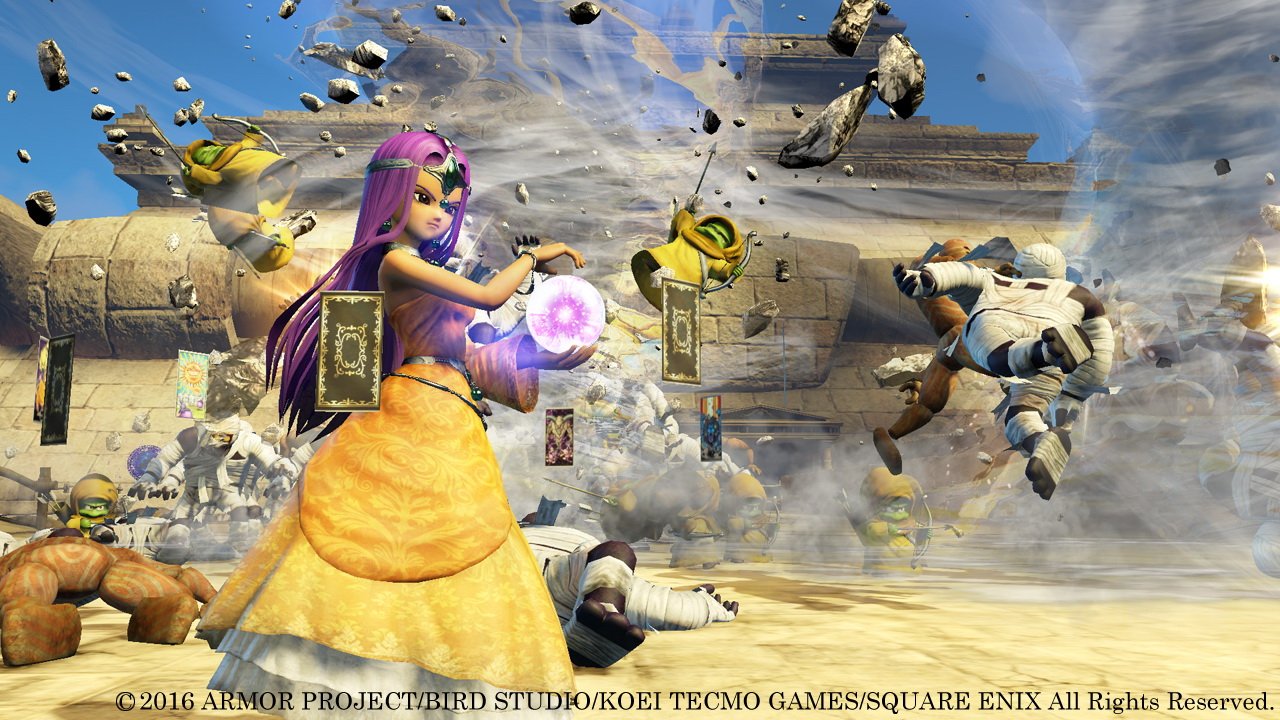

Heroes II‘s world is mostly locked in favor of the mission-based Warriors scheme, which is par for the course for an Omega Force joint, but also a missed opportunity. Jaunts out in the sandbox are fun, but not the focus. Personally, I think there could have been more chests strewn about and more interesting NPCs to save.Īlso keep in mind that this is still a decidedly mission-based affair. There aren’t nearly enough hidden secrets or points of interest to locate, but depending on your view that can be a good thing as a lot of fluff and open-world nonsense is eschewed in favor of staying in line with the hack-and-slash formula. While the process is never boring, at times it feels like Omega Force put the minimal amount of effort into the actual maps. It adds some context to the overarching narrative as well, as the adventure conceit and the idea of traveling with a band of misfits is partially what makes the flippant Dragon Quest formula so appealing.

Even in the first hour players will acquire a formal crew, made up of different archetypes like bruisers and bards. Spelunking about in an open world with your party fits Dragon Quest Heroes so well.

Now instead of focusing on superficial elements like a town and statlines, there’s a series of interconnected overworld maps, even bigger townships, and a more involved party system that takes the focus off of the main character. The most obvious pivot is Omega Force’s attempt to make the sequel an even deeper dive into the RPG roots of its namesake. The sequel, with the thankfully simplified nomenclature of Dragon Quest Heroes II, does make some improvements, but keeps several of the same issues intactĭragon Quest Heroes II (PC, PS3, PS4, Switch, Vita) Some stemmed directly from latent problems with Omega Force’s approach to hack-and-slash games, and others were unique to Heroes. Dragon Quest Heroes: The World Tree’s Woe and the Blight Below not only launched with one of the worst subtitles in gaming history, but some design flaws.


 0 kommentar(er)
0 kommentar(er)
